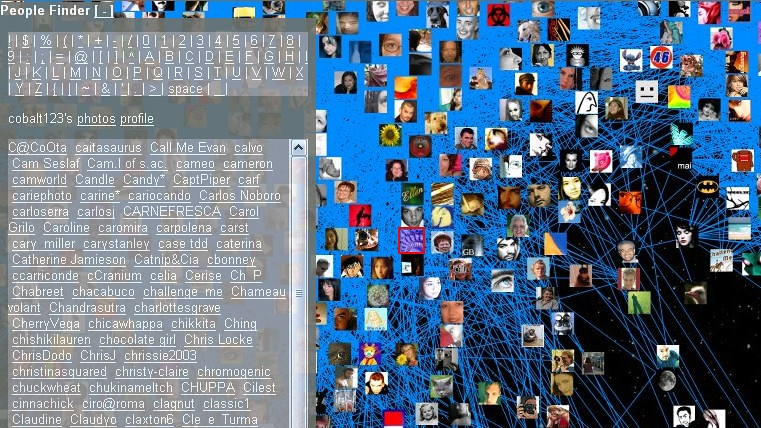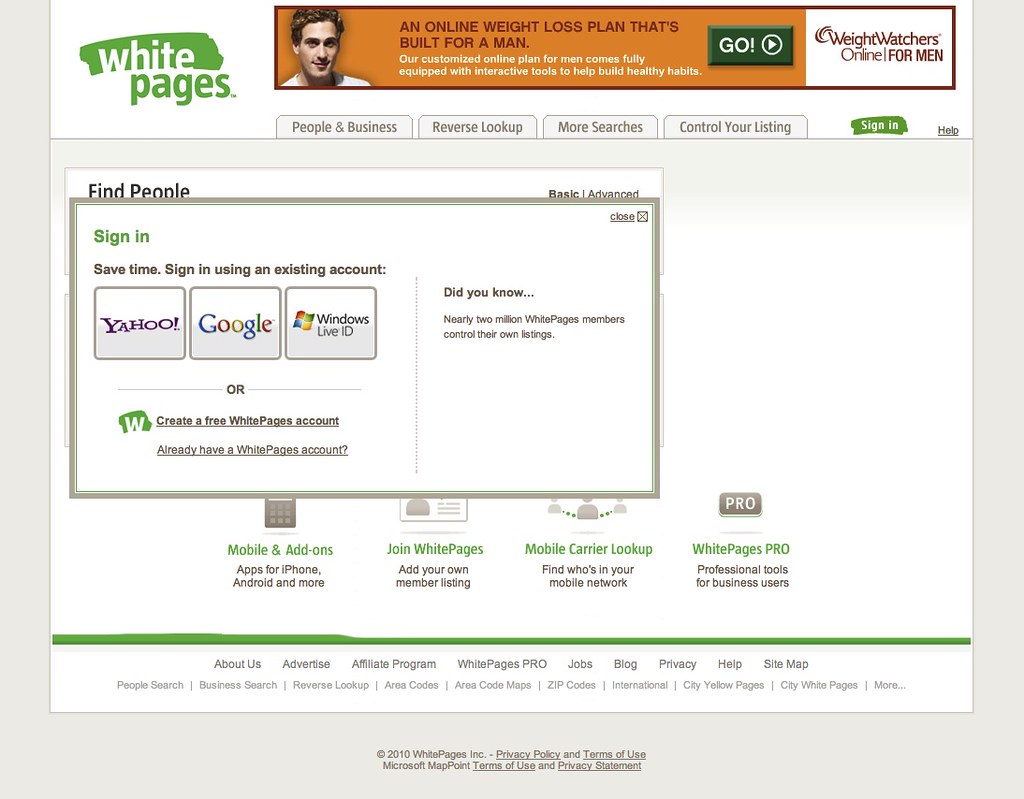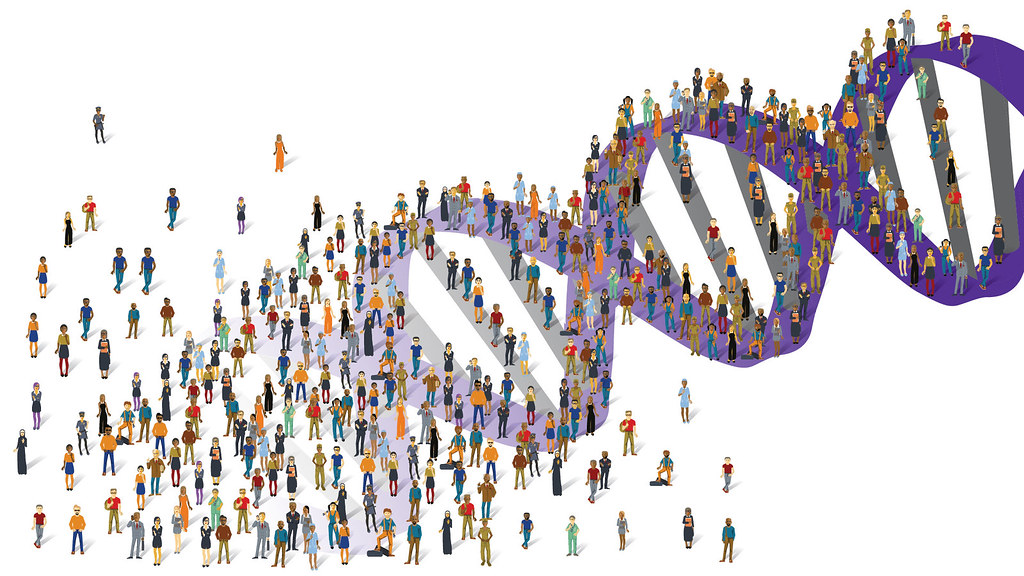Food is a universal necessity, but the ways in which people enjoy it are incredibly diverse. From cultural traditions to modern culinary trends, the methods of preparing, sharing, and consuming food reflect a rich tapestry of human experience. This comprehensive article delves into the various ways people eat, highlighting different cuisines, dietary practices, and the social and psychological aspects of eating.
1. Traditional and Cultural Eating Habits
The Importance of Food in Cultural Identity
Food is integral to cultural identity, serving as a medium through which traditions and values are expressed. Each culture has its own unique dishes and eating practices that are passed down through generations. These traditions often involve specific ingredients, cooking methods, and dining rituals that reflect a community’s history and beliefs.
Related Reading: The Role of Food in Cultural Identity
Celebratory Feasts and Festivals
Many cultures have special feasts and festivals centered around food. These events celebrate significant milestones, religious holidays, and seasonal changes. Examples include Thanksgiving in the United States, Diwali in India, and the Mid-Autumn Festival in China. Such occasions often involve elaborate meals and communal dining, reinforcing social bonds and cultural heritage.
Related Reading: Global Food Festivals You Should Experience
2. Modern Eating Trends
The Rise of Plant-Based Diets
In recent years, there has been a significant shift towards plant-based diets. Motivated by health concerns, environmental sustainability, and animal welfare, more people are adopting vegetarian and vegan lifestyles. Plant-based diets emphasize the consumption of fruits, vegetables, grains, nuts, and legumes, offering numerous health benefits and reducing the carbon footprint.
Related Reading: Benefits of a Plant-Based Diet
The Popularity of Keto and Low-Carb Diets
Conversely, keto and low-carb diets have gained popularity for their potential to aid in weight loss and improve metabolic health. These diets focus on reducing carbohydrate intake while increasing fats and proteins. Followers of the keto diet aim to achieve a state of ketosis, where the body burns fat for energy instead of carbohydrates.
Related Reading: Understanding the Keto Diet
3. Social and Psychological Aspects of Eating
The Role of Food in Socialization
Eating is often a social activity that brings people together. Family dinners, dinner parties, and restaurant outings provide opportunities for social interaction and bonding. Sharing meals can strengthen relationships, foster a sense of community, and enhance overall well-being.
Related Reading: How Shared Meals Improve Relationships
Emotional Eating and Its Implications
Food can also play a significant role in emotional regulation. Many people turn to comfort foods during times of stress, sadness, or boredom. While occasional emotional eating is normal, chronic reliance on food for emotional comfort can lead to unhealthy eating habits and weight gain.
Related Reading: Managing Emotional Eating
4. The Impact of Technology on Eating
Food Delivery Apps and Online Ordering
Technology has transformed the way people access food. Food delivery apps like Uber Eats, DoorDash, and Grubhub make it easy to order meals from a wide range of restaurants and have them delivered to your doorstep. This convenience has revolutionized dining, especially during the COVID-19 pandemic.
Related Reading: The Best Food Delivery Apps
The Influence of Social Media on Eating Habits
Social media platforms like Instagram, TikTok, and YouTube have a significant impact on eating habits. Food influencers, chefs, and home cooks share recipes, cooking tips, and food reviews, inspiring millions of followers to try new dishes and cooking techniques. Hashtags like #foodporn and #instafood showcase visually appealing meals that drive culinary trends.
Related Reading: How Social Media Influences Eating Habits
5. Dietary Restrictions and Food Allergies
Common Dietary Restrictions
Many people follow dietary restrictions due to health conditions, religious beliefs, or personal preferences. Common dietary restrictions include gluten-free, dairy-free, nut-free, and sugar-free diets. Adhering to these diets requires careful planning and awareness of food ingredients to avoid adverse reactions.
Related Reading: Navigating Common Dietary Restrictions
Managing Food Allergies
Food allergies can pose serious health risks and require strict avoidance of certain foods. Common allergens include peanuts, tree nuts, shellfish, and eggs. Managing food allergies involves reading labels, asking about ingredients when dining out, and carrying emergency medication like epinephrine auto-injectors.
Related Reading: Tips for Managing Food Allergies
6. Innovative Cooking Techniques
Sous Vide Cooking
Sous vide, a cooking technique that involves vacuum-sealing food and cooking it in a temperature-controlled water bath, has gained popularity for its precision and consistency. This method allows for perfectly cooked meals, retaining moisture and flavor better than traditional cooking methods.
Related Reading: Introduction to Sous Vide Cooking
Molecular Gastronomy
Molecular gastronomy explores the scientific principles behind cooking, leading to innovative culinary techniques that transform textures and flavors. Techniques like spherification, gelification, and foam creation are used to create visually stunning and surprising dishes.
Related Reading: Exploring Molecular Gastronomy
7. Ethical and Sustainable Eating
The Importance of Sustainable Sourcing
Sustainable eating focuses on choosing foods that are produced in ways that are environmentally friendly and socially responsible. This includes selecting organic produce, supporting local farmers, and choosing seafood that is certified as sustainable.
Related Reading: Guide to Sustainable Eating
Reducing Food Waste
Reducing food waste is crucial for environmental sustainability. Simple practices like meal planning, proper food storage, and composting can significantly reduce the amount of food that ends up in landfills, thereby reducing greenhouse gas emissions.
Related Reading: Tips for Reducing Food Waste
8. Street Food and Food Markets
Exploring Street Food Culture
Street food offers an authentic taste of local cuisine and culture. From tacos in Mexico to satay in Indonesia, street food is often affordable, flavorful, and made with fresh ingredients. Street food markets are bustling hubs of activity where locals and tourists alike can enjoy a wide variety of dishes.
Related Reading: Best Street Food Destinations
The Role of Farmers’ Markets
Farmers’ markets provide access to fresh, locally grown produce and artisanal products. These markets support local farmers and small businesses, offering consumers high-quality, seasonal foods. Shopping at farmers’ markets promotes sustainable agriculture and fosters a connection between consumers and food producers.
Related Reading: Benefits of Shopping at Farmers’ Markets
9. The Psychology of Taste
Understanding Flavor Profiles
Flavor is a complex sensory experience influenced by taste, smell, texture, and even sound. Understanding flavor profiles—such as sweet, sour, salty, bitter, and umami—helps in creating balanced and satisfying dishes. Chefs and food scientists study these profiles to develop recipes that appeal to the senses.
Related Reading: Exploring the Science of Flavor
The Influence of Environment on Taste
The environment in which we eat can significantly impact our perception of taste. Factors such as lighting, music, and ambiance play a role in the overall dining experience. Restaurants often use these elements to create a specific atmosphere that enhances the enjoyment of food.
Related Reading: How Environment Affects Taste
10. Health and Nutrition
Balancing Macronutrients
A balanced diet includes the right proportions of macronutrients—carbohydrates, proteins, and fats. Each macronutrient plays a vital role in maintaining health and supporting bodily functions. Understanding how to balance these nutrients helps in creating meals that provide energy and support overall well-being.
Related Reading: Guide to Macronutrient Balance
The Role of Micronutrients
Micronutrients, including vitamins and minerals, are essential for various bodily functions. They support immune health, energy production, and overall vitality. Ensuring an adequate intake of micronutrients through a varied diet helps prevent deficiencies and promotes optimal health.
Related Reading: Importance of Micronutrients
11. Special Diets and Health Conditions
Managing Diabetes with Diet
Diet plays a critical role in managing diabetes. People with diabetes need to monitor their carbohydrate intake and choose foods that help control blood sugar levels. A diet rich in whole grains, lean proteins, and non-starchy vegetables can help manage the condition effectively.
Related Reading: Diabetes-Friendly Diet Tips
Eating for Heart Health
Heart-healthy diets focus on reducing saturated fats, trans fats, and sodium while increasing fiber, healthy fats, and antioxidants. The Mediterranean diet, for example, is renowned for its heart health benefits, emphasizing fruits, vegetables, whole grains, and healthy fats like olive
oil.
Related Reading: Heart-Healthy Eating Guidelines
12. The Art of Pairing Food and Drinks
Wine Pairing Basics
Pairing wine with food is an art that enhances the flavors of both. Basic principles include matching the weight of the wine with the food (light wines with light dishes, heavy wines with rich dishes) and considering the flavors and acidity. Wine pairing can elevate a dining experience, making meals more enjoyable.
Related Reading: Guide to Wine Pairing
The Science of Food and Drink Pairings
Beyond wine, other beverages like beer, tea, and even cocktails can be paired with food. Understanding the science behind these pairings, including complementary and contrasting flavors, helps create harmonious and enjoyable culinary experiences.
Related Reading: Exploring Food and Drink Pairings
13. Cooking for Different Life Stages
Nutrition for Children
Children have unique nutritional needs that support their growth and development. A balanced diet for children includes a variety of foods from all food groups, ensuring adequate intake of essential nutrients like calcium, iron, and vitamins.
Related Reading: Healthy Eating for Kids
Dietary Considerations for Seniors
As people age, their nutritional needs change. Seniors often require fewer calories but need more nutrients like calcium, vitamin D, and fiber. A diet that accommodates these needs can help maintain health and vitality in later years.
Related Reading: Nutrition Tips for Seniors
14. The Future of Food
Innovations in Food Technology
Food technology is evolving rapidly, introducing innovations like lab-grown meat, plant-based alternatives, and 3D-printed foods. These advancements aim to address global challenges such as food security, environmental sustainability, and health.
Related Reading: Latest Innovations in Food Technology
The Rise of Functional Foods
Functional foods are designed to provide health benefits beyond basic nutrition. Examples include probiotics, prebiotics, and foods fortified with vitamins and minerals. These foods are becoming increasingly popular as people seek to enhance their health through diet.
Related Reading: Understanding Functional Foods
15. Exploring Global Cuisines
The Diversity of Asian Cuisine
Asian cuisine encompasses a vast array of flavors, ingredients, and cooking techniques. From the spicy curries of India to the delicate sushi of Japan, Asian food offers something for every palate. Exploring these cuisines introduces new taste experiences and culinary traditions.
Related Reading: Guide to Asian Cuisines
The Richness of Mediterranean Cuisine
Mediterranean cuisine is celebrated for its health benefits and vibrant flavors. It emphasizes fresh vegetables, fruits, whole grains, and healthy fats. Dishes like Greek salad, Italian pasta, and Middle Eastern mezze showcase the diversity and appeal of this cuisine.
Related Reading: Mediterranean Cuisine Highlights
Conclusion
The ways people enjoy food are as diverse as the foods themselves. Whether it’s through traditional cultural practices, modern dietary trends, or innovative cooking techniques, eating is a rich and multifaceted experience. By exploring different ways of eating, people can enhance their culinary knowledge, enjoy new taste experiences, and foster a deeper connection to their food.
Related Posts:
- How to Start a Plant-Based Diet
- The Benefits of Intermittent Fasting
- Exploring the World’s Best Street Food
Eating is not just about sustenance; it is a way to connect with culture, explore new flavors, and maintain health. Embracing the diversity of eating habits enriches our lives and broadens our understanding of the world.


